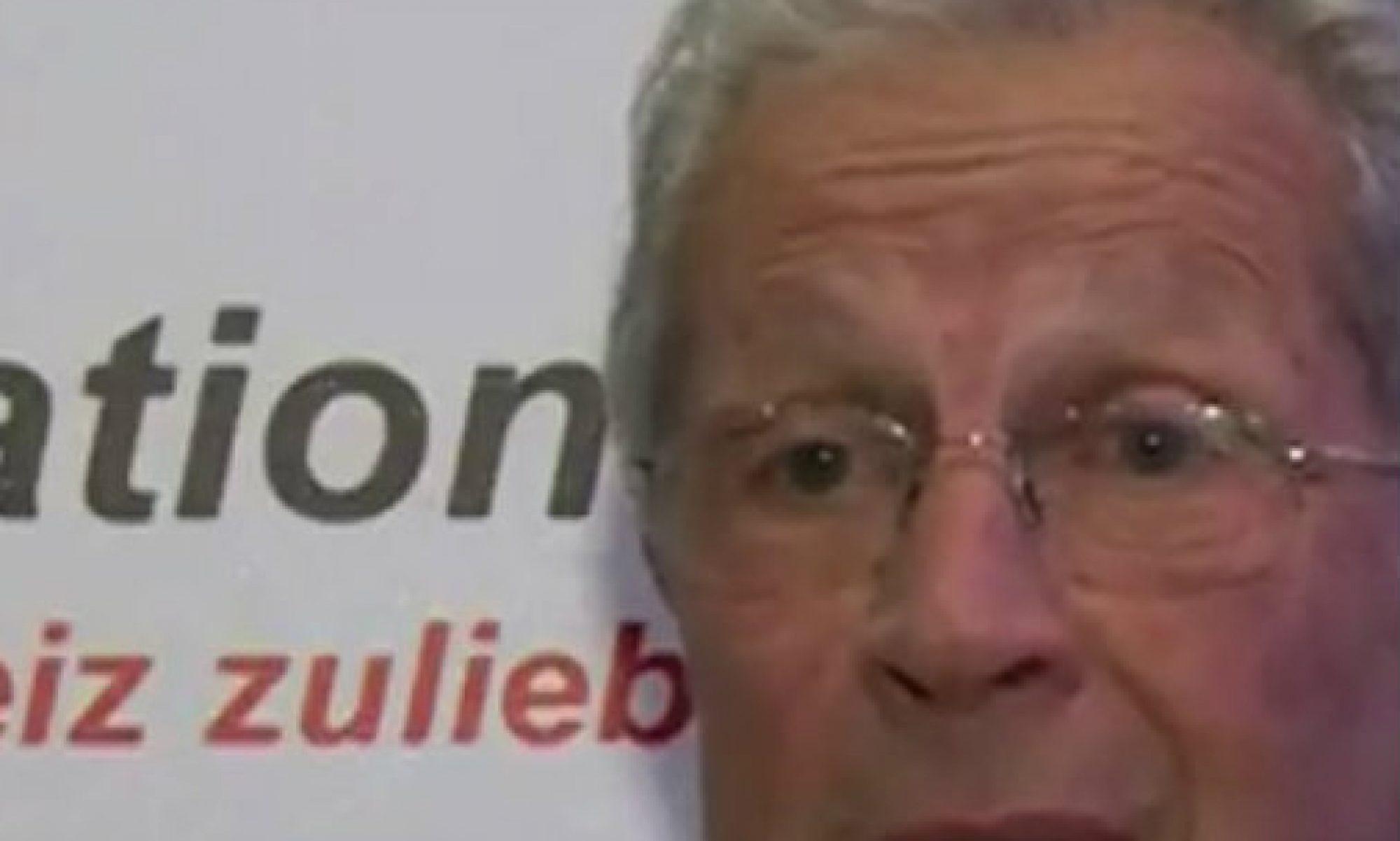When entering into a consulting agreement, determining the minimum amount of hours to be worked is an important detail to consider. It ensures that both parties have a clear understanding of the expected workload and compensation.
The first step in determining the minimum hours is to assess the needs of the project. A thorough analysis of the work required, including any deadlines or milestones, will help gauge the necessary time commitment. It`s important to consider any potential roadblocks or obstacles that may arise during the project, as these can impact the amount of time needed.
Once the project`s needs are established, the consultant can outline their minimum hours and ensure they align with the client`s expectations. Typically, minimum hours range from 10-20 hours a week, depending on the scope of the project. However, it`s essential to ensure that the hours agreed upon will allow the consultant to complete the work to the best of their ability.
It`s also crucial to factor in the consultant`s availability and other commitments. If a consultant is working on other projects or has other obligations, it may impact their ability to meet the minimum hourly requirement. In such cases, it`s important to communicate any possible scheduling conflicts beforehand to ensure that expectations are being met.
Once the minimum hours are agreed upon, it`s essential to document them in the consulting agreement. The contract should outline the hourly commitment, the rate of pay, and any additional terms and conditions.
The minimum hourly requirement benefits both the consultant and the client. It provides a clear understanding of the expected workload and payment, minimizing any potential misunderstandings or conflicts. Additionally, it allows the consultant to properly allocate their time and resources, giving them the ability to provide quality work and meet deadlines.
In conclusion, determining the minimum hours required for a consulting project is a crucial step in the agreement process. Through careful analysis and communication, both parties can establish clear expectations, ensuring a successful and beneficial partnership.
